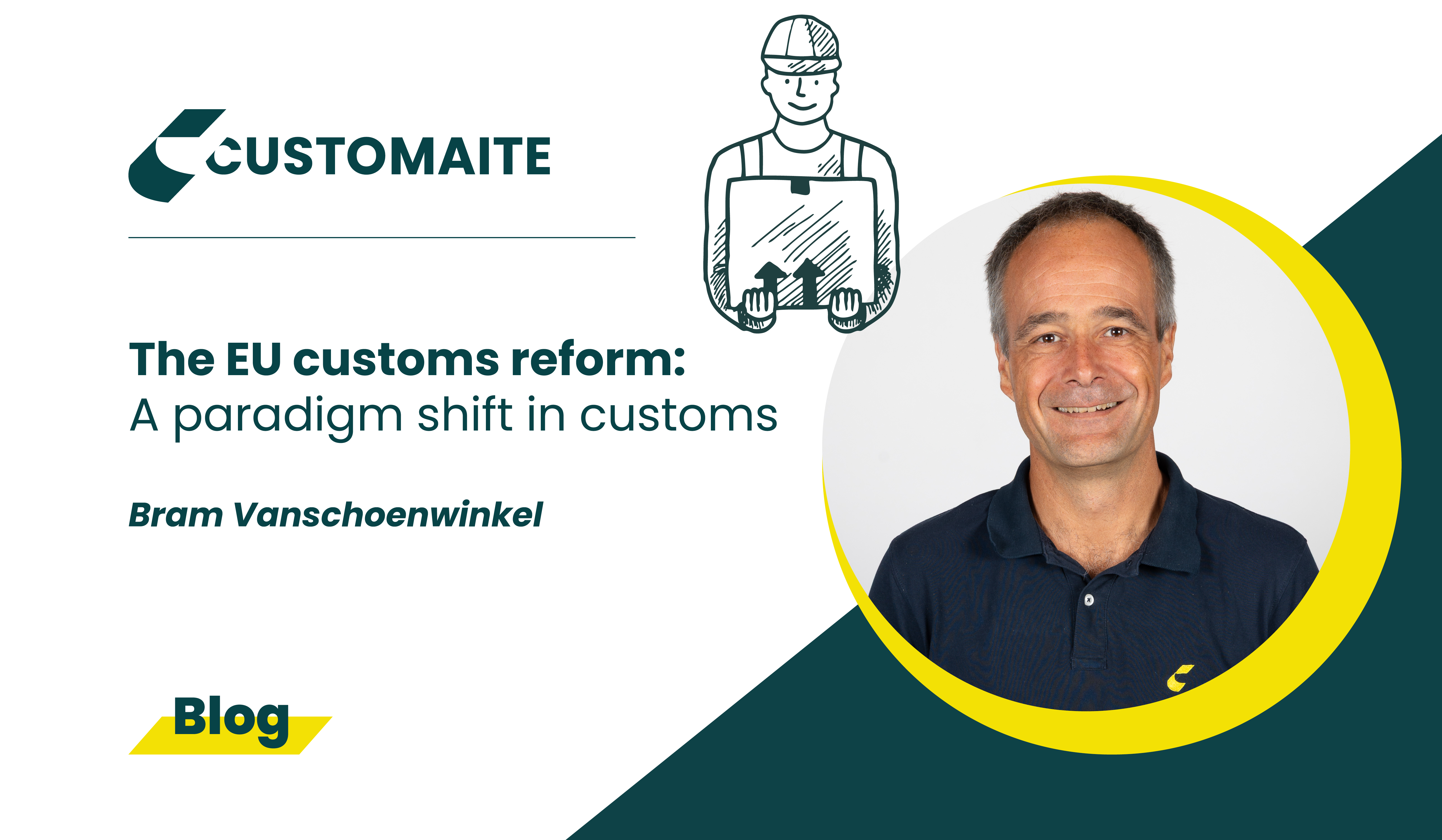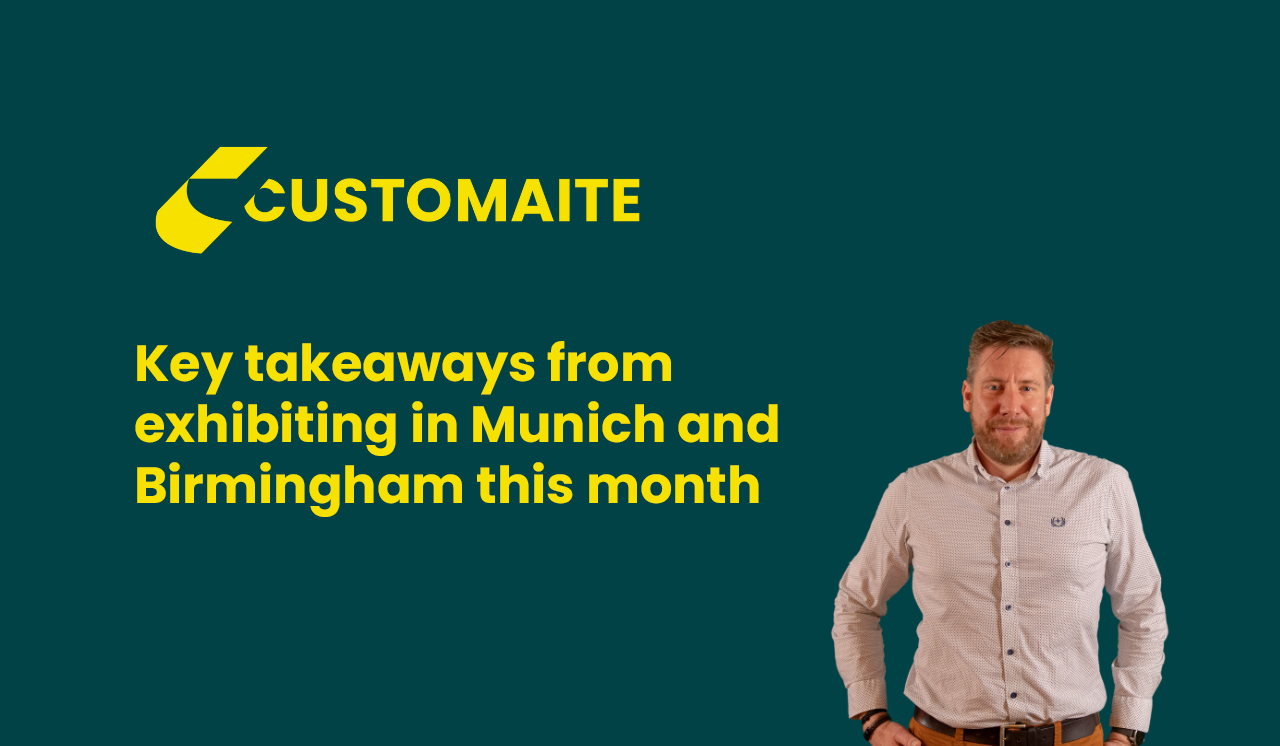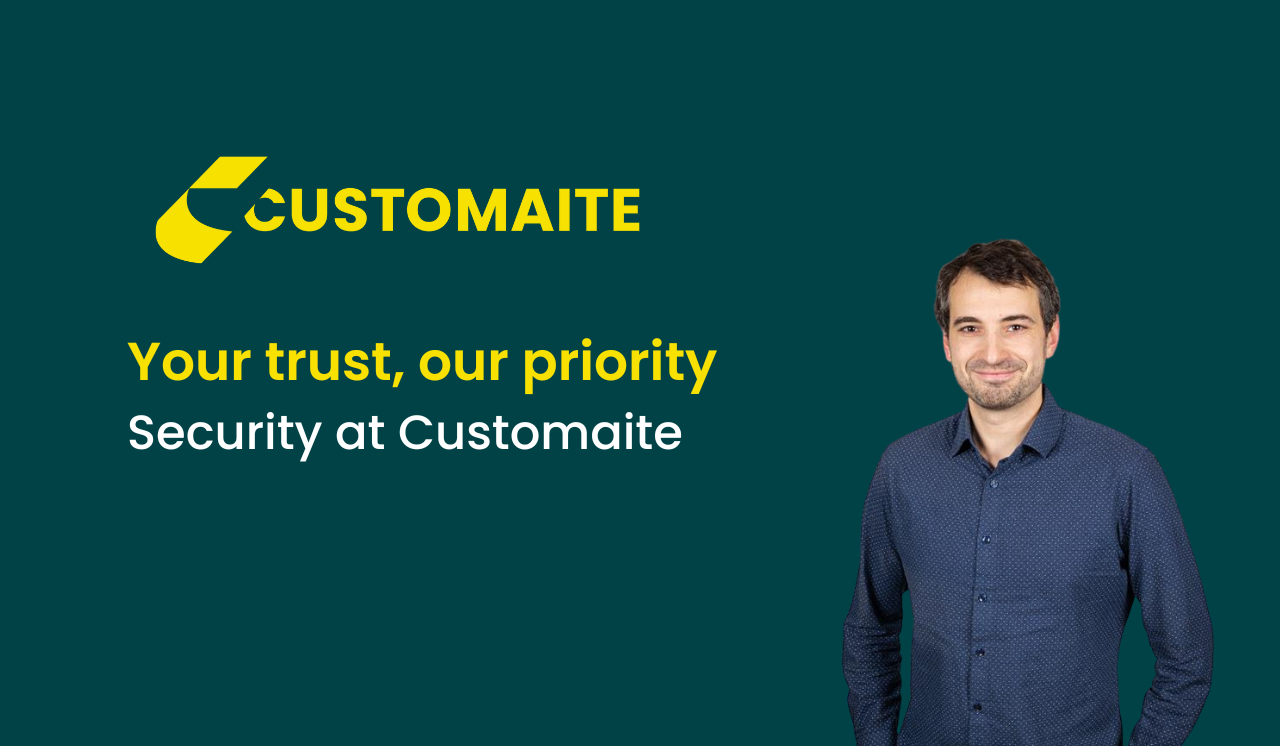Although advanced AI models have been the talk of the town in recent years and can actually give good results in certain circumstances, we at Customaite are taking a different approach to the challenge of extracting data from documents. We believe that AI and humans can work together in symbiosis to maximize efficiency. Let’s see how we put that into practice and why it’s actually fundamental to the product we are building, Customaite.
In recent years, we’ve seen a strong market focus on developing advanced AI models for extracting information from documents. Although these models give good results in certain circumstances, they still have their challenges in highly complex document-driven processes. On the one hand, the quality of extraction of complex documents with high variability (e.g. invoices) is still insufficient and, on the other hand, the way the user is able to validate, correct, complete and further process the extracted information to the final goal (i.e. a declaration of goods to customs) remains underexplored.
To overcome these challenges, we at Customaite are taking a different approach to the problem: we allow the AI and humans to work together in symbiosis to maximize efficiency, with the AI acting as a personal assistant to the customs declarant throughout the entire declaration process, and the declarant helping the AI where it has doubts. Underlying this approach is the concept of Human(e) AI, founded on the vision that AI should be at the service of people and society with a strong focus on user experience where AI and humans interact.
Human(e) AI
Our product vision is based on the firm belief that artificial intelligence should not be a magic black box, but explainable, allowing humans to understand the learning, reasoning, and planning process of AI systems (that are explainable and accountable), and to also be able to seamlessly interact with it. AI algorithms should assist people to reduce repetitive and labour-intensive tasks, enhancing human abilities and empowering people. This vision on AI is commonly referred to as Human(e) AI.
To put this vision into practice, it is important to deeply understand the process you want to automate and involve the users of the application you are building from the start. That is exactly what we did at Customaite. The result is a digital AI assistant that takes care of mundane repetitive work and guides the declarant through the declaration process from
A to Z!
A “maite” that takes care of the heavy lifting
From the very beginning, when developing Customaite, we listened to the declarants. How do they work today? What do they spend the most time on? To get a good understanding of how they work, we observed declarants while they were preparing declarations. From those observations, we developed a user experience vision and translated it into a user interface tailored to the declarant and he process (s)he performs. Using usability labs, the developed screens, flows and functionalities were tested and validated by the declarants themselves and the feedback incorporated in the application. The result? An easy-to-use customs processing software
that works in symbiosis with the declarant to maximize efficiency, with the AI acting as a personal assistant to the customs declarant throughout the entire declaration process.
The perfect balance between happy employees, satisfied customers and outstanding operational excellence
At Customaite, we strongly believe in the empowerment of people, moreover, we are convinced that happy employees are also better employees. The time freed up by the help they get from their AI assistant will happily be spent on better customer service, and more time is freed up to apply their expertise to those things that really matter to customers, rather than wasting energy in retyping information.
Of course, we also realize that this cannot come at the expense of efficiency and quality. With proven time savings of more than 50% and a marked reduction in errors, the costs related to executing the process will also drop dramatically.

.png)







